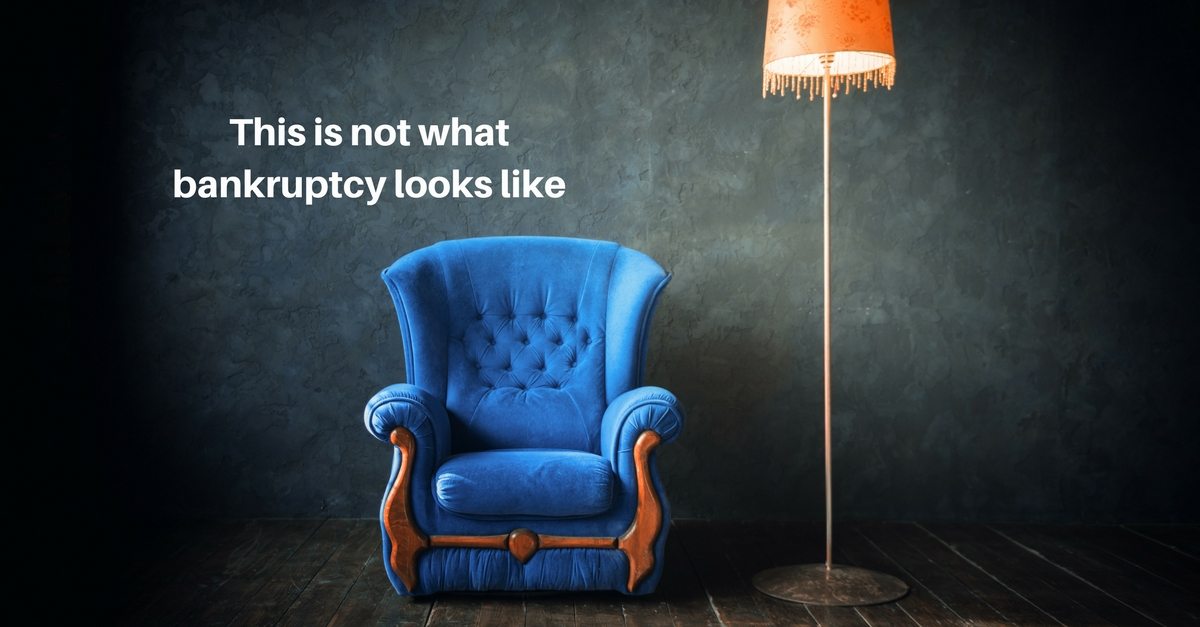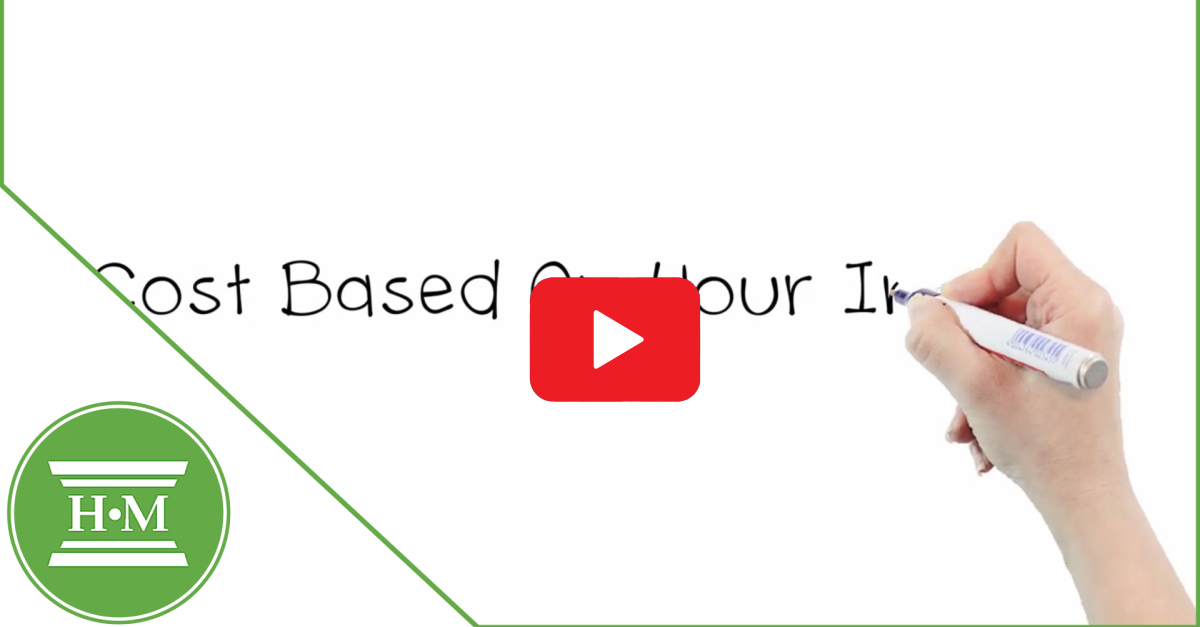
No, you do not lose everything when you file for bankruptcy in Canada. There are assets you can keep even if you go bankrupt. These are known as bankruptcy exemptions. Some exceptions to what you surrender in a bankruptcy are provided under federal law, others by provincial legislation. Ontario bankruptcy exemptions are set out in the Execution Act of Ontario.
Table of Contents
Bankruptcy Exemptions in Ontario:
For individuals, the following are exempt from forced seizure in a bankruptcy:
- All necessary clothing for you and your dependents with no dollar limit
- Household furnishing and appliances up to $14,180
- Tools and property used to earn a living to a maximum of $14,405
- One motor vehicle not exceeding a value of $7,117
- Equity in your home if that amount is less than $10,783
- RRSP and RRIF savings, except contributions made within the last 12 months
It is important to understand that the prescribed limits set out by Ontario law are based on resale value on an as-is basis. Your work tools for example are likely used, and have wear and tear. For bankruptcy purposes, they are valued based on what they would sell for as-is, not based on replacement value.
The same valuation applies to your vehicle. You can keep one vehicle (a car or truck), up to the set value limit. This is based on what you could sell the car for. The trustee will usually use the black book value to estimate the value of your vehicle and determine if it is exempt.

There is a financial cost to bankruptcy, and it’s different for every person who goes bankrupt. That’s because the government has decided that the more you earn and the more you own, the more you have to pay to your creditors. First let’s look at the cost based on your income. The government knows you need income to live on, so they allow you to keep a portion of your income for living expenses. The amount you get to keep is based on your family size, the bigger your family the more you get to keep. Earn income over this threshold and you have to pay half of this surplus income to your creditors. The second cost of bankruptcy is based on the assets you own. In a bankruptcy you don’t lose everything, just like with your income, the government created rules of what you can keep and what your creditors can have. The rules differ by province, but in Ontario you can keep most personal possessions and household furnishings, tools you need for work, 1 motor vehicle depending on its value, most pension and RRSP savings except recent contributions to an RRSP. There are dollar limits on the value of assets you keep, but in most cases, people find the limits high enough to protect their basic belongings. Your creditors are entitled to any equity in your home, investments and other assets, RRSP contributions you have made in the last year, tax refunds you might be entitled to up to the year you go bankrupt. If you have a lot of assets or a high income you should talk to your trustee about a consumer proposal. You can negotiate a plan to settle your debts and keep your assets. If you don’t have any assets and don’t earn any income, you might not even have to file bankruptcy. But if you do, you will need to make payments to cover the cost of administering your bankruptcy. Your situation is unique, to get an estimate of what your bankruptcy might cost, please call or email us to arrange a no charge initial consultation with a Hoyes Michalos professional.
It is still possible to keep your car, truck, work tools, and other assets valued over any exemption limit. You can make an arrangement to ‘buy back’ the value over any exemption limit from the trustee. This amount is added to the cost of your bankruptcy.
Questions About Bankruptcy and Exempt Assets
What happens to my wages in bankruptcy?
You keep your wages in a bankruptcy. You will be required to submit proof of income and expenses monthly to your trustee. Your trustee will use this to determine your average net income for the purposes of calculating “surplus income”. If your income exceeds the government set threshold limit, you will be required to make surplus income payments during your bankruptcy. If your wages are being garnisheed, bankruptcy will stop most garnishments.
Can I keep my bank account if I’m bankrupt?
We strongly advise anyone considering bankruptcy to open a new bank account at a different bank prior to declaring bankruptcy. This will avoid the risk of your bank seizing funds for unpaid debts once you file.
While any funds in your bank account are not exempt assets, typically you are allowed to keep a small amount of cash on hand in your new bank account to cover living expenses like rent, food, etc. for a short period of time.
What happens to my tax refunds?
Your licensed insolvency trustee will file two tax returns for the year that you declared bankruptcy:
- a pre-bankruptcy return (Jan 1 – day before bankruptcy)
- a post-bankruptcy return (date of bankruptcy – Dec 31)
Any tax refunds applicable to the date of bankruptcy and on your post-bankruptcy return will be sent to the trustee. Any taxes owing on your pre-bankruptcy return are included in your bankruptcy. Any taxes owing on your post-bankruptcy return must be paid by you. While you lose your income tax refunds, you keep your HST cheques and Child Tax Benefits.
Can I keep my leased vehicle?
Leased vehicles are treated differently than owned vehicles. Technically you do not own your leased car. You have the right to use the car in exchange for your obligation to make lease payments. If your lease payments are current, you can keep your car, no matter the value. You can, if you prefer, also surrender your leased vehicle and include any shortfall debt as a debt to be eliminated in your bankruptcy. This is a good option if you can’t afford your lease payments.
Can I keep my house if I file bankruptcy?
In Ontario, you keep your house in bankruptcy unconditionally if the equity in your home is under $10,783 and your mortgage payments are current. Above that amount, you can arrange to buy back the equity in your home.
What happens to my RRSP in a bankruptcy?
You keep all RRSP, RRIF and DPSP (Deferred Profit Sharing Plan) savings except contributions made in the 12 months before your bankruptcy. RESP, TFSA and other investment savings are not exempt. Read more about this asset in our post: RRSP and bankruptcy law in Canada
What about lottery winnings, inheritances and other windfalls?
Inheritances received, or due to you, as a result of the death of someone during bankruptcy become an asset of the bankruptcy.
Lottery winnings and similar windfalls received during your bankruptcy also vest in the trustee for the benefit of your creditors.
Bonuses and commissions from employment would be considered income and not subject to seizure by the trustee however they will impact the calculation of surplus income.
File a Consumer Proposal and Keep Everything
If you have assets that may be subject to seizure in a bankruptcy because they are not exempt, or because their value exceeds the permitted exemption limits, you may want to consider a consumer proposal as an alternative to bankruptcy.
One of the primary benefits of a consumer proposal is that you keep all your assets. As a negotiated settlement arrangement, you make payments to repay a portion of your debt. Your creditors receive the value of these payments, you keep what you own.
You Don’t Lose Everything
The most important thing to realize is that you do not lose all your assets if you file bankruptcy in Canada. If you do have assets that must be surrendered to the trustee, you still have options like a consumer proposal to keep those assets.
To discuss your specific situation, contact us to talk to a Licensed Insolvency Trustee about how your assets may be treated in a bankruptcy and if a consumer proposal is a better way to preserve any assets you may wish to keep.






